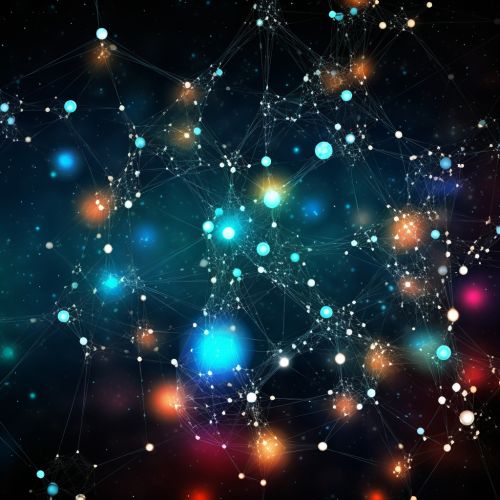Network Analysis
Introduction
Network analysis is a method of examining and interpreting patterns of relationships among entities such as individuals, groups, and organizations. It is a key component of social network analysis, data analysis, and computer networks, among other fields.
Overview
Network analysis involves various techniques for identifying and quantifying relationships within a network. These relationships can be between people, computers, or any other entities that interact in some way. The goal of network analysis is to understand the structure and behavior of the network as a whole, as well as the individual elements within it.


Applications
Network analysis is used in many different fields, including sociology, computer science, business, and public health. It can help to identify patterns and trends, predict future behavior, and inform decision-making processes.
Sociology
In sociology, network analysis is often used to study social relationships. This can include relationships between individuals, such as friendships, familial ties, or professional connections, or relationships between larger social groups or organizations. Network analysis can help sociologists to understand how these relationships influence individual behavior and societal trends.
Computer Science
In computer science, network analysis is used to study the structure and behavior of computer networks. This can include local area networks (LANs), wide area networks (WANs), and the internet as a whole. Network analysis can help to identify potential vulnerabilities, optimize network performance, and understand the flow of information within the network.
Business
In business, network analysis can be used to study relationships between companies, industries, and markets. This can help to identify trends, predict market behavior, and inform strategic decision-making. Network analysis can also be used to study internal business structures, such as organizational hierarchies and communication networks.
Public Health
In public health, network analysis can be used to study the spread of diseases within a population. This can help to identify at-risk groups, inform public health interventions, and predict the spread of future outbreaks.
Techniques
There are many different techniques used in network analysis, depending on the specific goals of the analysis. Some of the most common techniques include:
Graph Theory
Graph theory is a mathematical field that studies graphs, which are abstract representations of a set of objects and the relationships between them. In the context of network analysis, the objects are often referred to as nodes, and the relationships are referred to as edges. Graph theory provides a mathematical framework for studying the structure and behavior of networks.
Centrality Measures
Centrality measures are used to identify the most important nodes within a network. There are many different centrality measures, each with their own strengths and weaknesses. Some of the most common centrality measures include degree centrality, closeness centrality, betweenness centrality, and eigenvector centrality.
Community Detection
Community detection is a technique used to identify groups of nodes that are more closely connected to each other than to the rest of the network. These groups are often referred to as communities or clusters. Community detection can help to reveal the underlying structure of the network and identify important subgroups within the network.
Network Visualization
Network visualization is a technique used to visually represent networks. This can help to reveal patterns and trends that might not be immediately apparent from the raw data. Network visualization can be particularly useful for large and complex networks, where the sheer amount of data can make it difficult to identify patterns and trends.
Limitations
While network analysis can provide valuable insights, it is not without its limitations. Some of the most common limitations include:
Data Quality
The quality of the data used in network analysis can have a significant impact on the results. If the data is incomplete, inaccurate, or biased, this can lead to misleading or incorrect conclusions.
Complexity
Networks can be incredibly complex, with potentially thousands or even millions of nodes and edges. This complexity can make it difficult to analyze networks, particularly for those without a strong background in mathematics or computer science.
Interpretation
Interpreting the results of network analysis can be challenging. It can be difficult to determine the significance of certain patterns or trends, particularly for complex networks. Additionally, it can be difficult to determine causality from network analysis alone.
Future Directions
As technology continues to advance, it is likely that network analysis will become increasingly important in many fields. Potential future directions for network analysis include:
Big Data
As the amount of data available continues to grow, network analysis will likely play an increasingly important role in making sense of this data. This could include analyzing social media networks, internet traffic, or other large-scale networks.
Machine Learning
Machine learning techniques could be used to automate and enhance network analysis. This could include using machine learning algorithms to identify patterns and trends, predict future behavior, or optimize network performance.
Network Science
The field of network science, which combines elements of mathematics, physics, and computer science, is likely to continue to grow and evolve. This could lead to new techniques and approaches for network analysis.
